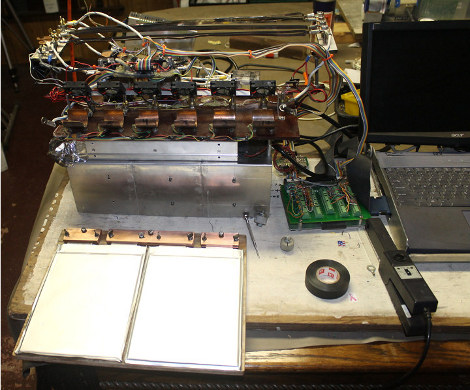[Kurt] wanted an electric car, and always wanted to drive a Porsche. Killing two birds with one stone, he decided to combine these wishes and convert a 2002 Porsche 911 into an electric vehicle.
After removing the engine, fuel tank, exhaust, radiator, and all the other things that make an internal combustion engine work, [Kurt] installed a high power motor, controller and 72 lithium phosphate batteries weighing in at over 500 pounds. He’s put over 300 miles on the car in the last few months while working out the kinks, but now he’s finally gotten the bugs out of the system allowing him to take it up to some relatively high speeds.
Already [Kurt] has taken his new ride to 100 mph and done a little bit of range testing that told him he should expect around 40 miles per charge in his new ride. It’s not exactly what he hoped, but more than enough for a few trips around town while riding in style.
After the break is a video [Kurt]’s first test drive of his electric Porsche.















